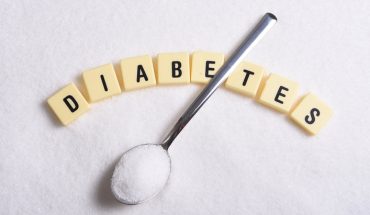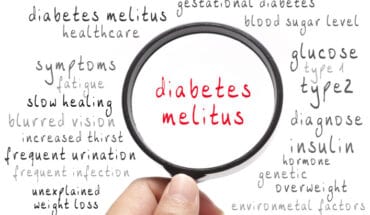Diabetes in dogs is incurable disease caused when the body stops making insulin. It is a relatively common condition in dogs and although it is costly to treat, pets can go on to enjoy full and happy lives. Left untreated however, diabetes can cause major problems for pets and they can suffer from other health issues as a result.
Insulin is a hormone needed to absorb glucose from food into the bloodstream and carry it to cells around the body.
When dogs develop canine diabetes their pancreas produces insufficient insulin or their body has an inadequate response to the hormone. A dog with diabetes cannot control the levels of sugar in its blood.
When dogs develop canine diabetes their pancreas produces insufficient insulin or their body has an inadequate response to the hormone. A dog with diabetes cannot control the levels of sugar in its blood.
There are two types of diabetes for dogs
Type 1 diabetes is the most common type of canine diabetes. This means the pet cannot produce any insulin so will require insulin treatments for life.
Type 2 diabetes is much rarer. The dog’s pancreas produces some but insufficient insulin. Or the animal is unable to respond properly to what it does produce, which causes the level of the hormone to increase.
Look out for these main symptoms
Increased urination – check whether your dog is weeing more frequently. This is because the glucose draws water with it into the urine. Increased weeing can lead to inappropriate urination such as in the house as the dog is able to get outside as often as it needs.
Insatiable thirst – check whether your dog is drinking more than normal. They do this to top up the fluid levels caused by excessive fluid loss from the kidneys. This could be one of the first signs you notice.
Increased hunger – is your dog always hungry, unusually begging and searching for food? This could be a sign of diabetes.
Weight loss – despite eating more food, your dog may lose weight. If you increase their meal portions and they still lose weight get them checked by the vet.
Appearing run down– even a well-cared for dog can start to look shabby when they have diabetes. Their glossy coat can become dull and dry and they can suffer from dandruff.
Lethargy – a loss of interest in exercise, playing and walking can indicate that your dog has an underlying health condition such as diabetes.
diabetes in dogs
Limb weakness – your dog could develop weakness in their hind legs caused by diabetic neuropathy. This means they appear shaky and unable to move or jump as normal.
Sweet-smelling breath and urine – untreated diabetes causes the dog to go into starvation mode and metabolise its own fat stores. This process is known as ketosis and results in sweet-smelling urine and breath – with a pear drop type smell.
How is diabetes diagnosed?
A blood test will reveal high levels of glucose in the blood and the urine. However increased glucose can also be a result of stress so the test may need to be run over a number of weeks to see whether it remains consistently high.
How is diabetes in dogs controlled?
Insulin – most pets need injections twice daily after food. Your vet will show you how to
a) give the insulin injections and check you are administering the correct amounts
b) carry out glucose tests at home that are done by taking a small swab of blood with a tiny pin prick.
Regular check ups are important to monitor your pet’s condition and see that it is being effectively managed.
Contact your vet immediately if your pet seems dizzy or groggy as this could be an indication of dangerously low blood sugar levels.
Diet
Diet can help regulate your dog’s blood sugar levels. Take advice from your vet on what to feed, when and how much. Dogs with diabetes often benefit from high fibre diets which limit blood sugar rises. If your dog has diabetes avoid feeding them scraps from your meals, although you may see this as a treat for your pet, it can severely affect glucose levels.
Long term affects of diabetes on dogs
Dogs with diabetes are prone to developing cataracts, these can be surgically corrected.
Diabetic dogs are also more likely to suffer from urinary tract infections as the increase in sugar provides perfect conditions for bacteria to breed.
It is very important to maintain mouth hygiene and clean the teeth of dogs with diabetes, as the increased blood sugar levels in the mouth, means they are more likely to develop mouth infections and gum disease.
- What is a seizure? - 13th March 2025
- Febrile Convulsions and Seizures in Children - 13th March 2025
- Why women are less likely to receive CPR or survive cardiac arrest - 6th March 2025







Was Diabetes common in dogs before the vaccination age?